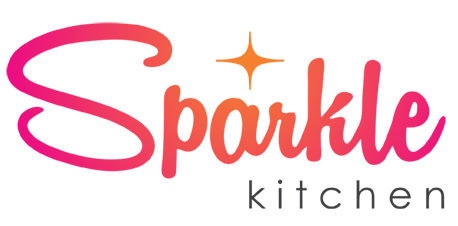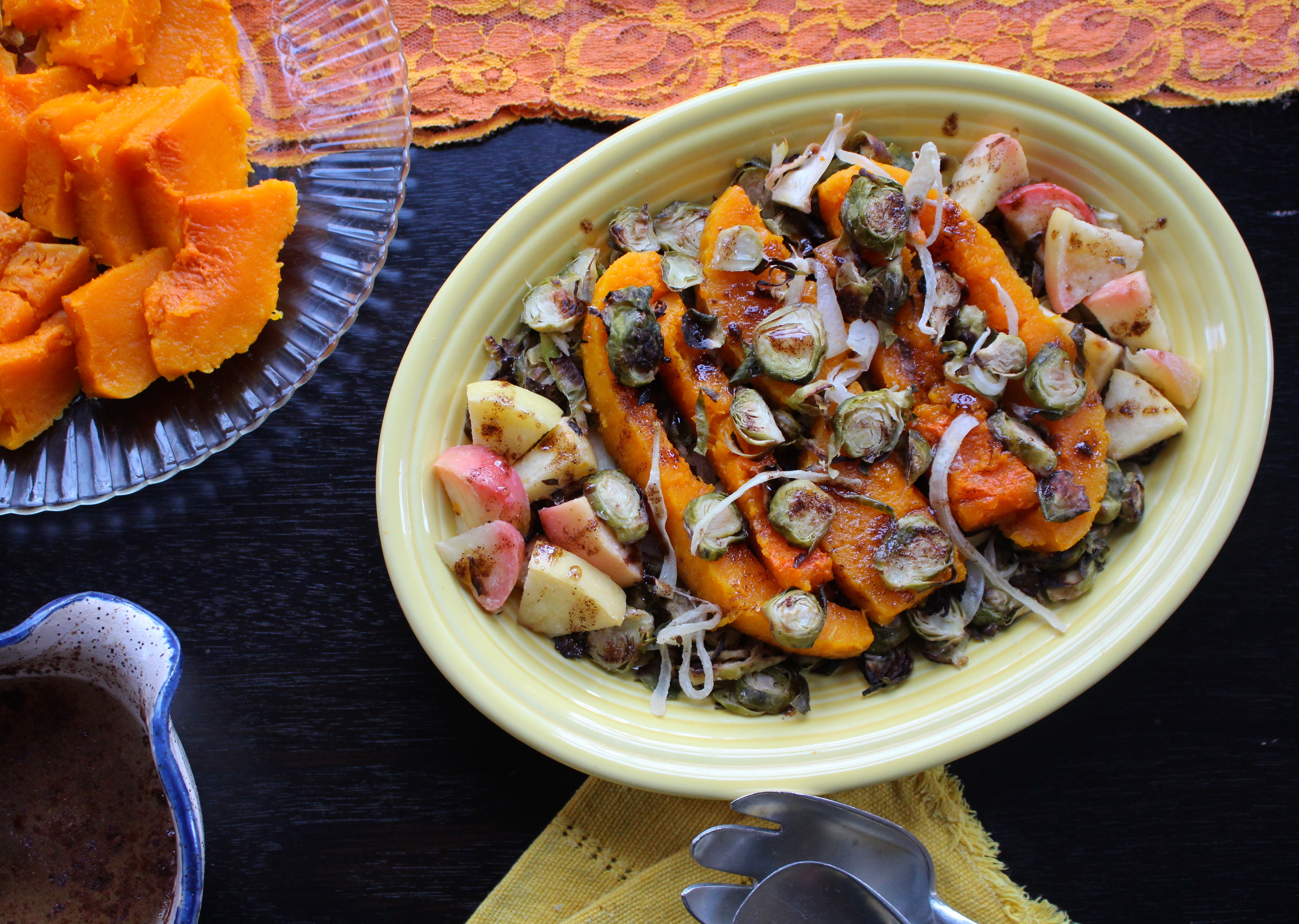I love creating meals that resemble the current season. With Thanksgiving right around the corner, I’m in the mood for autumnal colors in every dish. Butternut squash, brussels sprouts and apples are fall on a plate.
Brussels sprouts have pushed kale to the side and stepped into the spotlight. They’re the latest trendy vegetable to hit the table. I grew up eating them every week and have always loved them. It’s wonderful the rest of the world has finally caught on and fallen in love with this delicious vegetable. They are easy to prepare too. Try slicing them up, tossing with butter and coarse sea salt, then roasting at 425 degrees for 30 minutes.
For this recipe, I wanted complimentary flavors, colors and texture. And I nailed it! The apple cider vinaigrette with cinnamon drizzled over the top pulls it all together.
Makes 4 servings.
1 cup onion – thinly sliced
2 cloves garlic – minced
2 cups acorn squash – cubed
1 cup honey crisp apple – cubed
1 cup brussels sprouts – sliced
2 tbsp coconut oil
2 tsp salt
Apple Cider Vinaigrette
¼ tsp salt
¼ tsp cinnamon
¼ tsp white pepper
3 tbsp apple cider
1 tbsp olive oil
1 tbsp apple cider vinegar
All of the vegetables in this recipe must be cooked at different temperatures and lengths of time to maintain the right levels of doneness. You’ll have a few extra dishes to wash but the final product is worth it! You can also buy pre-cubed squash to save some time.
►Preheat oven to 350 degrees. Coat baking dish with coconut oil. Slice acorn squash in half, sprinkle salt on the insides and place face down on baking sheet. Cook for 45 minutes until a butter knife easily slices through the squash. Allow to cool for 15 minutes.
►Peel and cube the squash.
►Heat oven up to 425 degrees. Slice brussels sprouts and toss with 1 tsp salt. Coat roasting pan with coconut oil and spread sprouts evenly over pan. Roast for 20 minutes or until cooked and crispy.
►Turn oven down to 350 degrees. On a separate baking pan, evenly spread onions, garlic and apples. Bake for 15 minutes.
►Make dressing while vegetables cook. Combine all ingredients and whisk together.
►You can either toss all the vegetables with the dressing in a large bowl OR place all vegetables on a serving platter and drizzle dressing over everything. Either way, it will be delicious!






